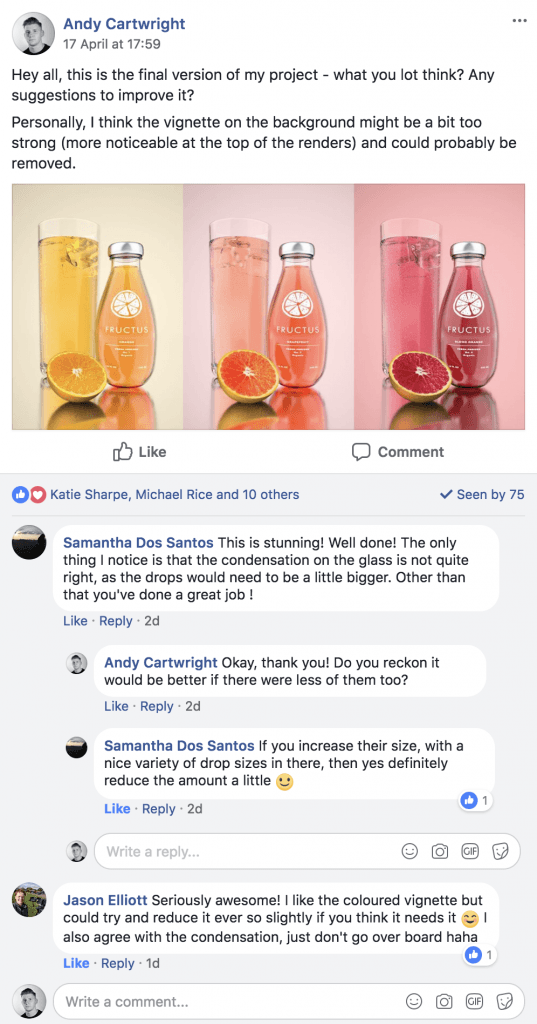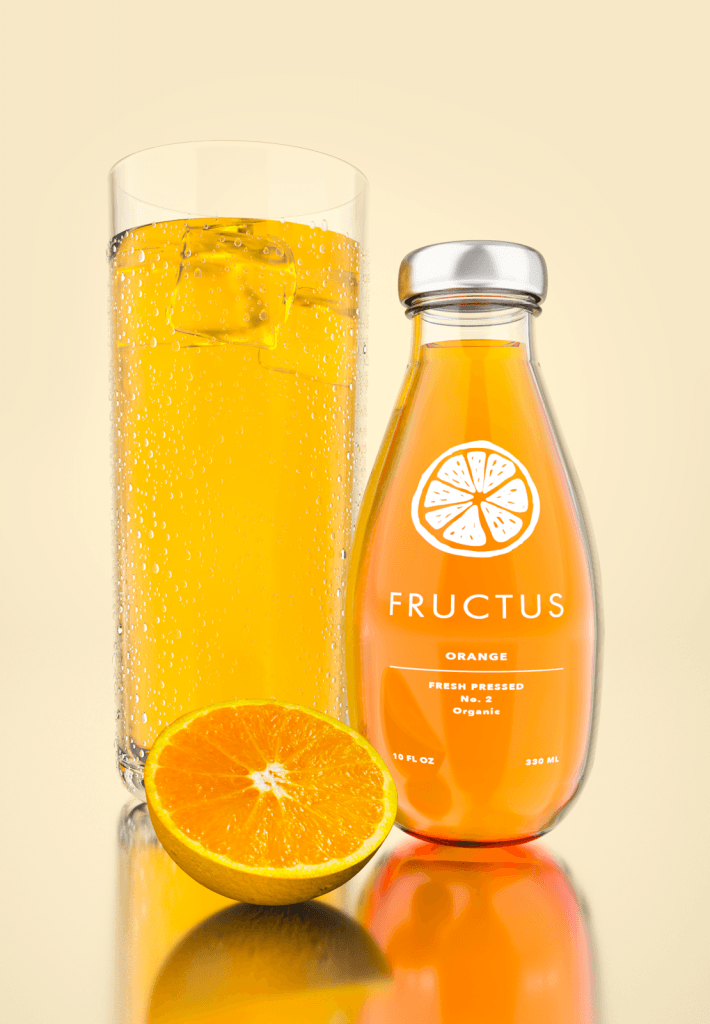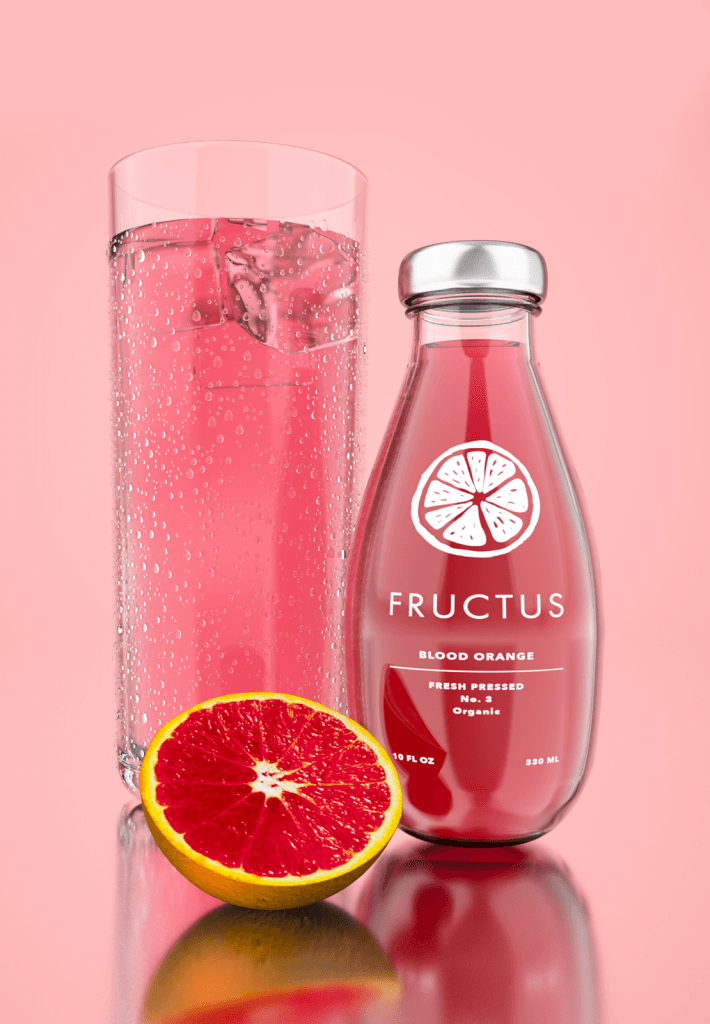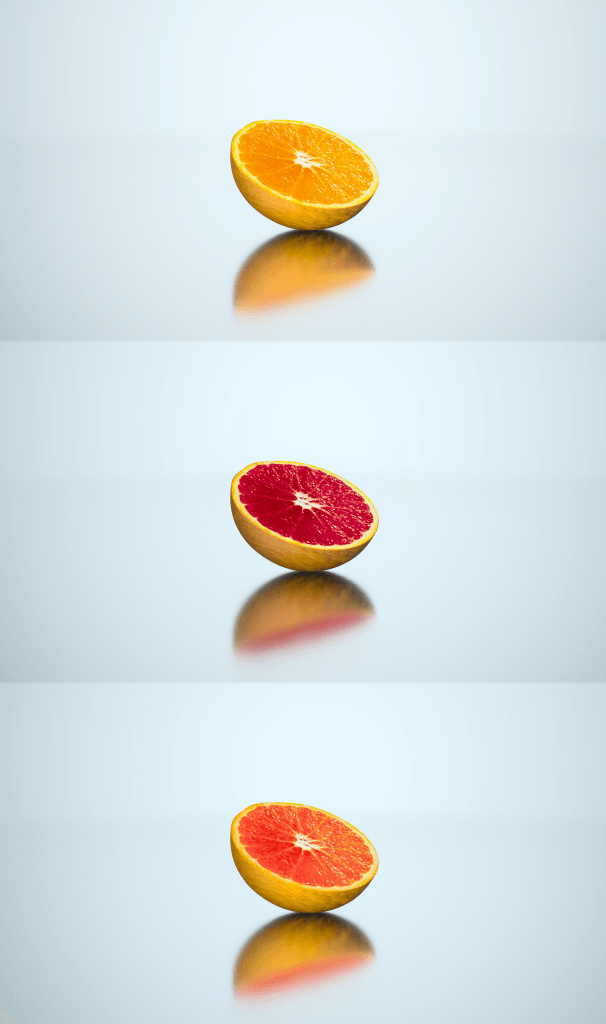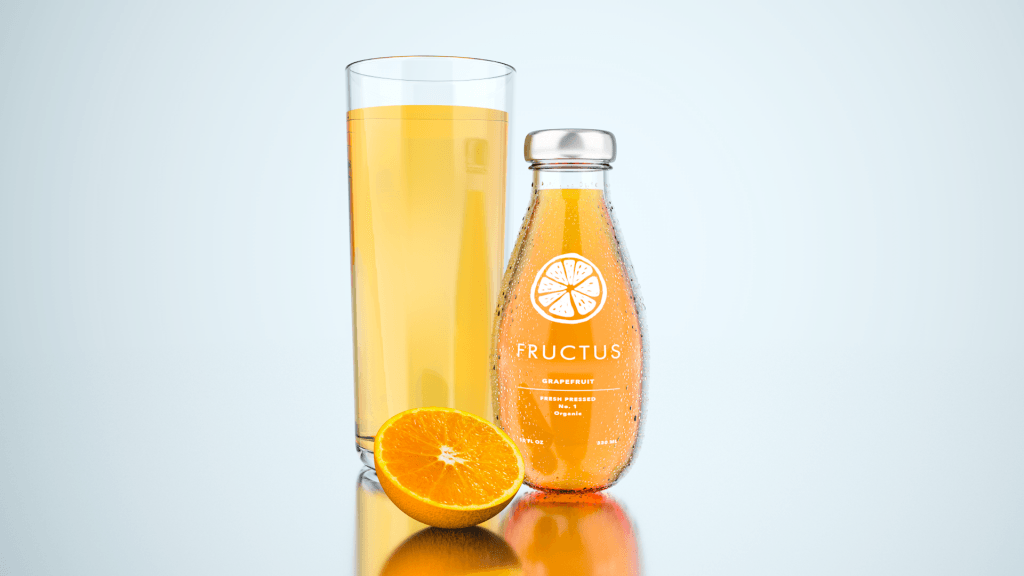After completing my first render for the product, I went to social media, specifically the Digital Media or ‘Digibods’ page to get feedback from my peers. From the screengrab below, you can see the feedback:
Overall, the renders got really positive feedback, with many people liking it, which is really good! I also got feedback mainly about the condensation droplets size as two people thought that it was too small and didn’t look realistic enough – from this feedback, I have then made corrections to the renders and my final versions can be seen below.
Renders:
The droplet sizes have been increased and I have also changed the rotation of the ice cubes & fruits slightly to add to the variation. I’m really pleased with how it turned out & I’m excited to start on the website creation to contextualise it all.
